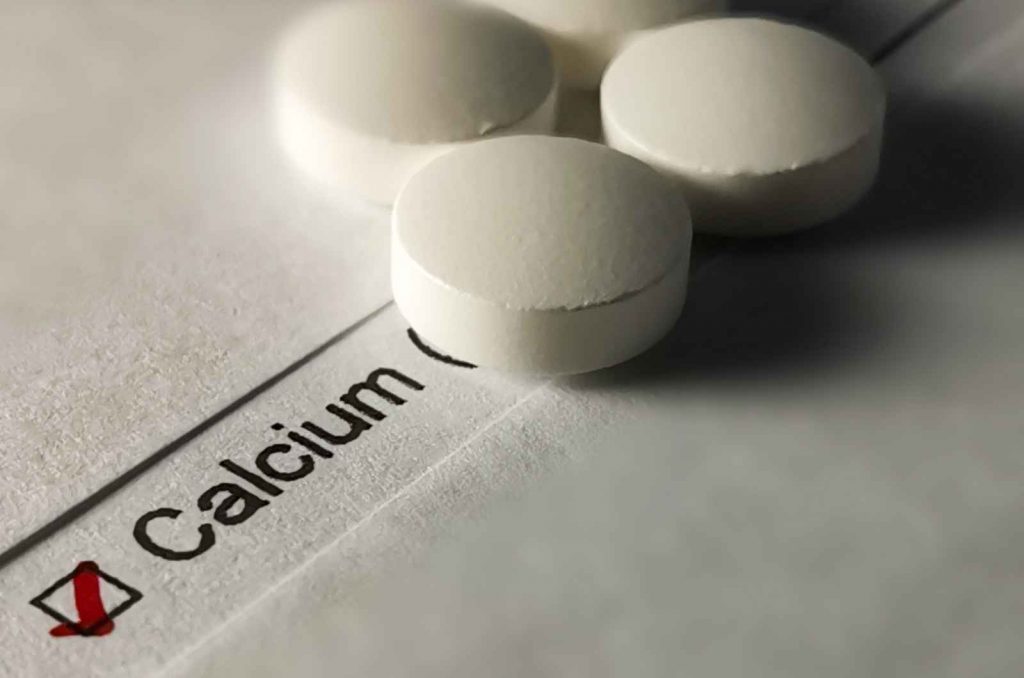
Muscle aches and pains don't always indicate illness; however, prolonged or severe muscle discomfort could point to an underlying condition like inflammation myopathies (in which your immune system attacks healthy muscle tissue), polymyositis or dermatomyositis.
Your physician will conduct a complete physical exam and order laboratory and imaging tests. They may press on specific muscles to check for tenderness as well as indicators of inflammation such as redness, swelling or warmth.
?What does muscle inflammation feel like
People usually associate inflammation with redness and swelling associated with an injury or infection, but chronic inflammation is harder to spot and could pose serious threats to health if left untreated. It can lead to internal scarring as well as destruction of healthy cells and tissues – potentially leading to serious illnesses such as heart disease, diabetes or cancer.
Muscle weakness is one of the hallmarks of myopathy diseases, or inflammations of muscle cells. These conditions occur when white blood cells that normally protect against bacteria and viruses damage muscle tissue instead, damaging polymyositis, dermatomyositis, or inclusion body myositis instead.
These diseases typically present as muscle weakness near the trunk – such as those in arms/shoulders and thighs – with its intensity changing week to week and month to month. Sometimes a rash may appear prior to weakness being apparent – this rash may appear on faces, knuckles or legs and be itchy or painful in its manifestations. People living with myopathies also often experience shortness of breath, joint pain, Raynaud's syndrome (finger color changes and numbness in cold weather) or difficulty swallowing.
?How do you treat inflammation in muscles
Conditions that cause muscle inflammation and weakness are known as inflammatory myopathies or idiopathic inflammatory myopathy (IIM). These diseases occur when white blood cells misfire, targeting healthy muscle fibers instead of attacking foreign invaders such as bacteria and viruses. IIM may also impact nerves, skin or organs nearby.
Three types of IIM exist: polymyositis, dermatomyositis and inclusion body myositis (IBM). Each has unique symptoms and causes. Polymyositis tends to affect shoulders, hips and thighs and can make standing, walking or sitting difficult for long periods. Dermatomyositis may lead to breathing problems or heart complications and affect skin and tissues throughout the body; inclusion body myositis features an unusual rash with bumps underneath its surface – something else that is uncommon with IBM.
NYU Langone doctors use multiple diagnostic techniques to accurately identify muscle conditions. After gathering details about your symptoms and when they began, doctors will conduct electromyography (EMG) testing that measures response of muscles to electrical stimulation; or may take muscle samples and examine under a microscope to look for signs of inflammation. All these tests help doctors devise an appropriate plan of care; since the symptoms of muscle disorders can come and go with age it's essential that patients visit their physician regularly in order to ensure adequate management.
?How do you check for muscle inflammation
If you are experiencing muscle inflammation (known as myopathy or polymyositis) or dermatomyositis symptoms, it's crucial that you contact a healthcare provider immediately. These rare diseases are characterized by generalized weakness of muscles throughout the trunk — shoulders/arms, hips and thighs. These diseases may also lead to joint pain, breathing issues, Raynaud's syndrome (finger color changes and numbness in cold weather), fever, weight loss and fatigue. Blood tests can help identify high levels of muscle enzymes and antibodies, which could point to an autoimmune condition or rheumatic disease. Other diagnostic tests include an MRI scan and electromyography (EMG). EMG involves inserting needle electrodes into your muscles to measure nerve signal responses during muscle movement – it's not painful! Occasionally a sample of your muscle tissue will also be collected so a microscope can inspect for inflammation.
for more info: https://amorphous-calcium.com/blogs/bone-health-and-the-importance-of-calcium/muscle-inflammation-symptoms